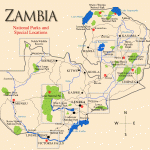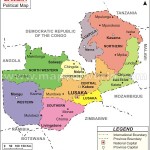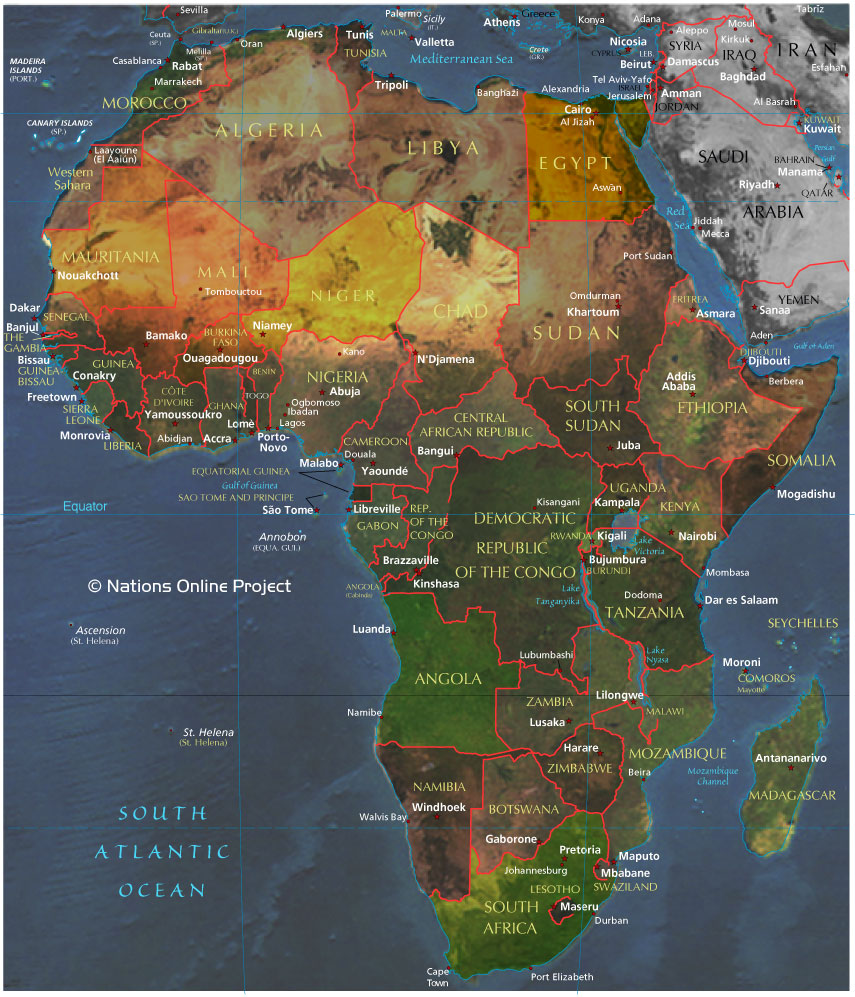- Mongu and Kalabo are in the purple area of this map
DEFORESTATION
- 80 % of the population in Western Province, Zambia lives in poverty
- The unemployment rate in the capital city of Zambia, Lusaka is 60%.
- Electricity is expensive, where available in Zambia
- 88% of the population rely on wood & charcoal for cooking & heating
- Charcoal users will go through 1-2 tons per year
- On average wood users will consume 3.64 tons and 450kg of charcoal
- Zambia has one of the highest deforestation rates in the world
- Estimated deforestation rate is 250,000-300,000 hectares per year
- Loss of forests contributes as much as 30% of global green house gases.
- Deforestation changes the local ecosystem
- Loss of biodiversity and increase of both drought and flooding
- This creates a decline in food security due to the reduction of agricultural yields and the loss of valuable forest resources
- Continous ploughing, slash & burn, maize mono-cropping and excessive use of acidifying fertilizers have led to land degradation and abandonment of thousands of hectares of farm land in Zambia.
- Zambia’s Population growth is just over 3%
- More people moving to cities and towns and clearing nearby forests for agriculture and building and infrastructure.
- According to the UN-REDD programme, charcoal production is the most frequent driver of deforestation.
- Charcoal use therefore has socio-economic benefits for both the producers in rural areas to consumers in urban areas.
AGRICULTURE
- The key socio-economic constraints are high price of fertilizer, poor quality seed and lack of money to buy both
- It is often the really poor, rural farmers that do not receive seeds and fertilizer subsidies ( IFPRI Mar.2013).
- Nobody in Zambia owns land it is all government leased. Commercial farmers get land titles on 99 year leases that are resigned as long as the farmer hasn’t permanently destroy the land. If that is the case the government will reclaim it but I haven’t heard of that ever happening. Small scale farmers operate on Chief’s land. A farmer will approach a Chief and ask for a plot of land that is currently vacant. It is then under the Chief’s discretion to give it to them and they also have the ability to take the land back at will. For this reason commercial farmers stay away from farming on Chief’s land and keep their farming within designated farm blocks. There isn’t a shortage of land in Zambia is it is relatively easy to obtain.
- There are plenty of multinational chemical and seed companies that are active in Zambia. They provide competition on the seed and chemical market so there isn’t a monopoly for one company. There are two main Zambian maize seed companies (MRI and Zamseed), two South African companies (Seedco and Pannar) and one American (Pioneer).
- Maize stocks in traditional farming are burned. This is the worst way to deal with a crop because it promotes the growth of weeds, depletes the soil of nutrients and increases erosion. Conservation farming is new farming techniques that are promoted by the Zambian government to help farmers produce better yields. In conservation farming they encourage farmers to keep the maize stocks from the previous season between the rows of maize for their new fields. This increases nutrients in the soil (by decomposition), decreases erosion and increases water retention. Since conservation farming is still quite new (3 years old or so) most farmers are just starting to adopt it and only try it on a couple ha of land to start.
- Land acquisition and agricultural investment is only attainable by a handful of better-capitalized, “emergent” farmers. Our analysis suggests that this strategy facilitates elite capture of agricultural lands and public spending on agriculture, and may systematically limit the potential for the majority of small-scale farmers to engage in agricultural-led capital accumulation, land acquisition, and production growth. We argue that this process of accumulation has worrying implications for the future of small holder agriculture to contribute to economic growth and poverty reduction in Zambia.
- The non-refundable applications fees of ZMK 250,000 to ZMK3,500,000 required to be considered for one of these farms make it unlikely that capital constrained small-scale farmers will benefit from this development strategy (GRZ 2011). Indeed, media reports on the Nansanga farm block, the largest such farm block in the country, suggest that the creation of the farm block has led to the eviction of 9,000 local residents who were unable to meet the application requirements to acquire land (Zambia Post Newspaper, August 17th 2011).
Nicholas J. Sitko1, T.S. Jayne1, and Munguzwe Hichaambwa2. Michigan State University, East Lansing, MI, USA1
Indaba Agricultural Policy Research Institute, Lusaka, Zambia2
sitkoni1@msu.edu. Paper prepared for presentation at the
“ANNUAL WORLD BANK CONFERENCE ON LAND AND POVERTY”
The World Bank – Washington DC, April 8-11, 2013




